My readers seem to love the blog posts where I share art exercises a lot, and for that, I decided to share with you a new list of my favorite drawing exercises for beginners. However, these drawing exercises are not the easiest, as I like that a beginner practices a drawing exercise that is challenging enough to stimulate their creativity, improve their mind and hand coordination, and help them improve their drawing skills. So with that being said, let’s jump right into the list.
Other Art and Drawing exercises for beginners from my blog
I have previously shared articles about art and drawing exercises that you can find here:
- 5 Art Exercises to Boost Your Creativity (even if you’re non-artistic)
- Abstract Art Exercises you will love as a beginner
- Intuitive art exercises to connect with your inner artist
- 10 Useful Art Therapy Exercises to Help Improve Your Mood
These drawing exercises for beginners are not very basic…
The following exercises are great for beginners, but they are not the most basic, so make sure you are practicing often to get the most out of them. And remember to warm up before you do any of these drawing exercises.
1. Contour drawing
We start with the easiest one. Contour drawing is one of my most recommended drawing exercises for beginners because it helps improve hand-eye coordination and observation skills. To do this exercise, you are going to choose an object and focus on drawing only the outline of the object without lifting your pencil from the paper.
2. Gesture drawing
It gets challenging from here. To gesture draw, you need to be ready to practice anatomy; it is one of the hardest basics in drawing that you really can’t avoid if you want my opinion. However, starting with an easy exercise such as this one will help you work your way through it slowly. You can start with quick, loose sketches and try to convey basic poses and forms. The goal is to capture the essence and movement of a subject in a short amount of time.
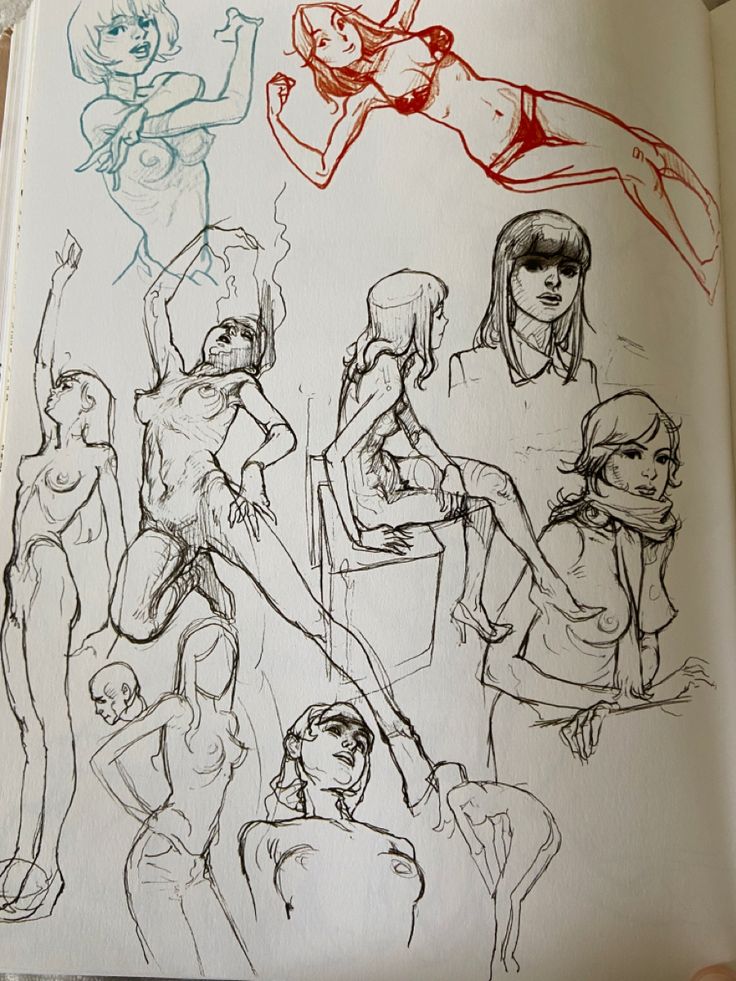
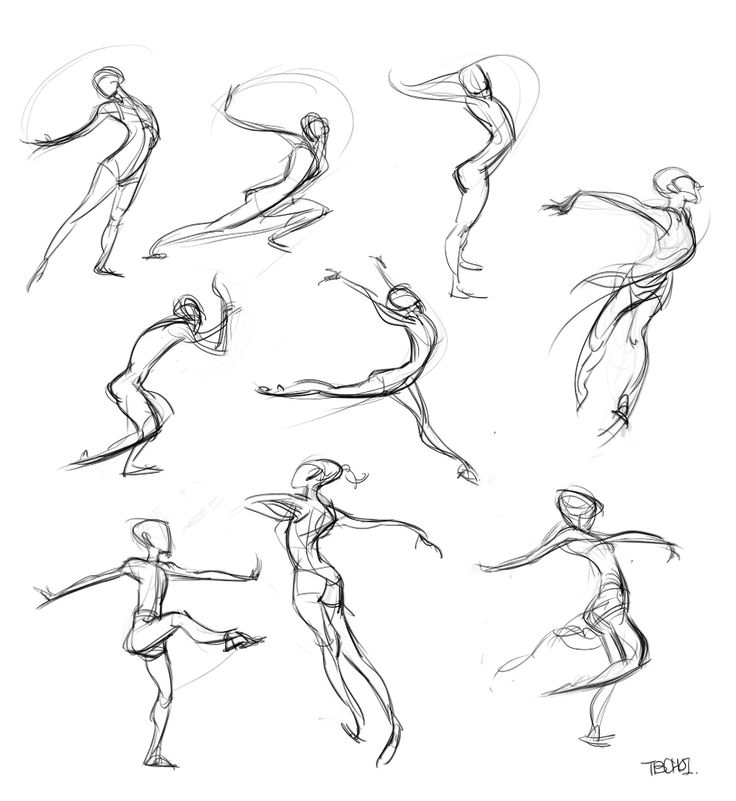
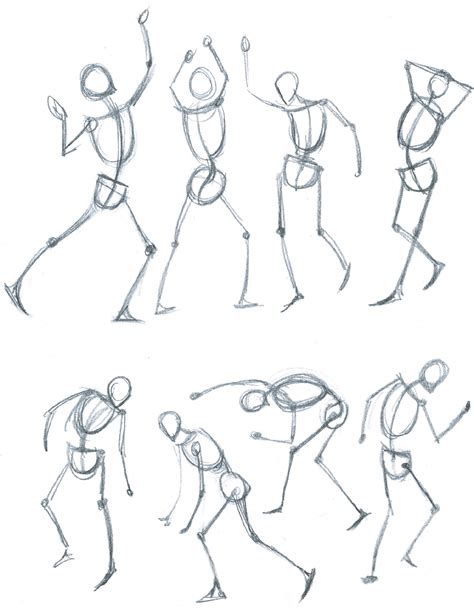
3. Grid drawing
Proportions are another basic aspect of drawing, and so many beginners fail to recreate the correct proportions, so this drawing exercise helps you learn to grid draw so you can improve the proportions. You can divide both your reference image and your drawing surface into a grid, which will help you transfer details more accurately. You are only drawing what’s inside one square at a time.
4. Value studies
I really can’t stress the importance of values enough. I did write an article about how to understand values, but practicing shading and value studies elevates your art from being flat and beginner-like to a 3D-dimension work of art. Start by creating grayscale studies to understand how light and shadow contrast and create the illusion of realism.
5. Copying masterpieces
I know you keep hearing people say that it’s not art unless it’s original! But I am here to assure you that whoever says that is not a practicing artist and has no idea how skills are developed and sharpened. If you have an artist that you admire or love for their technique or style, study them, copy their art, learn how they created their paintings, and use them as a reference. The more masters you study, the better your art will grow to be. And you will eventually develop a unique voice of your own, inspired by all the greatest people and works you love.
Conclusion
Regular practice and experimentation are very necessary for the development of artistic and creative skills. You have to be very patient with your progress and allow yourself to enjoy growth, no matter how small. Drawing exercises are a great way to start, so let’s enjoy creating <3


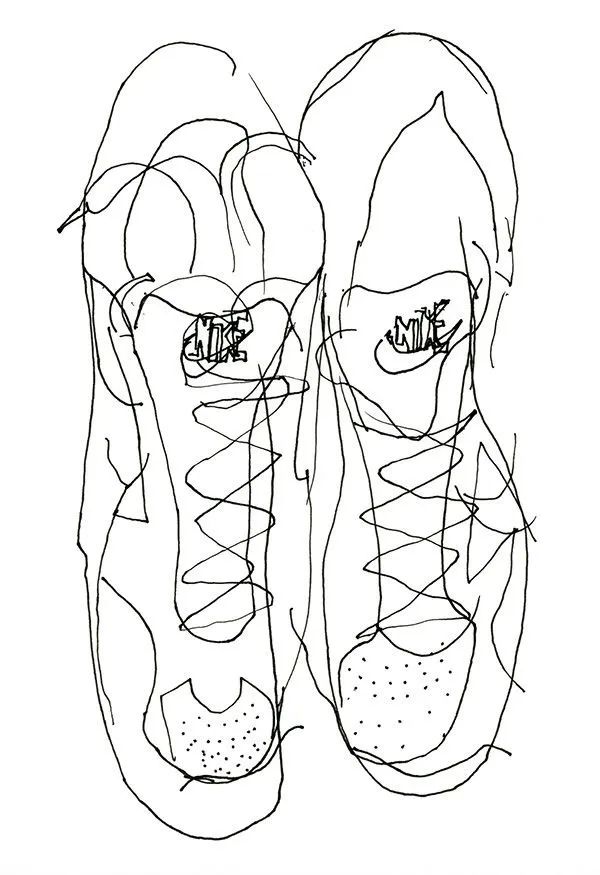
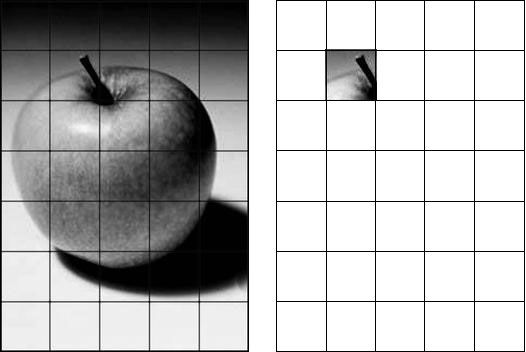
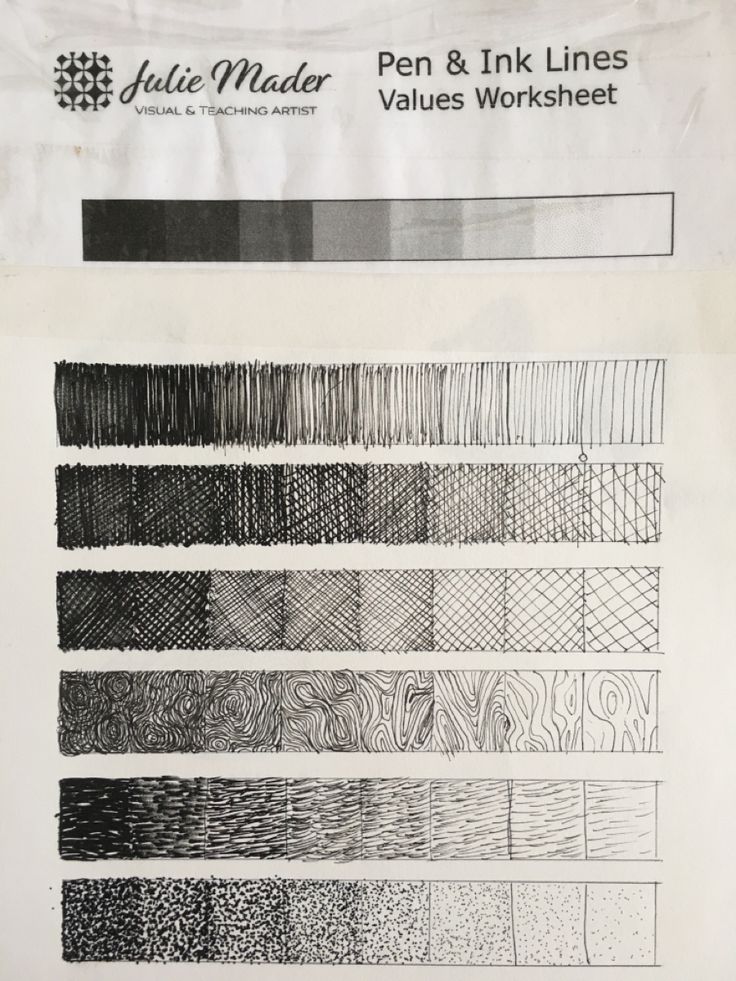
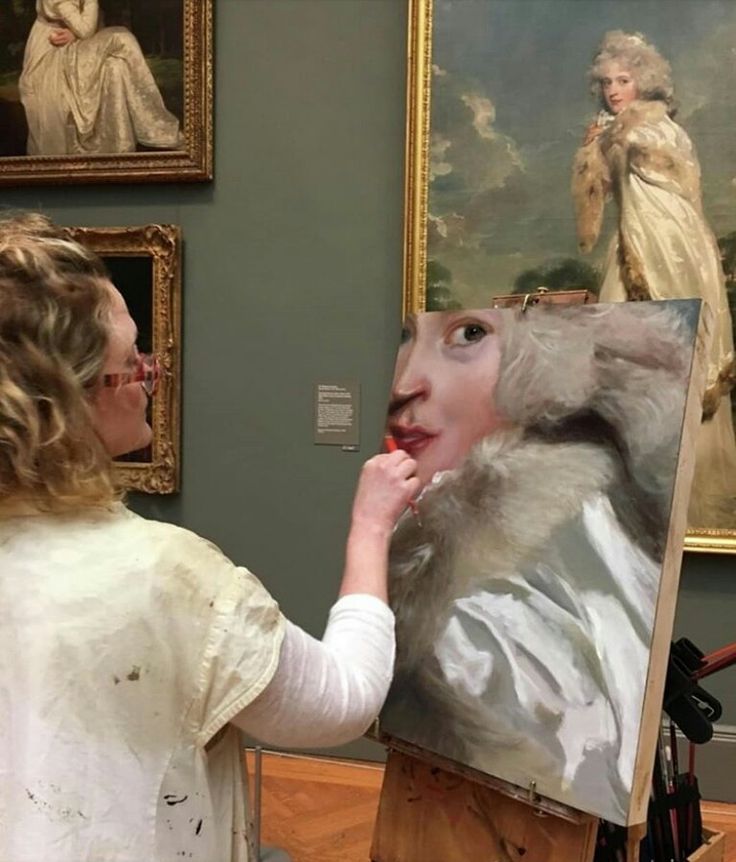

Thanks. I find this very helpful